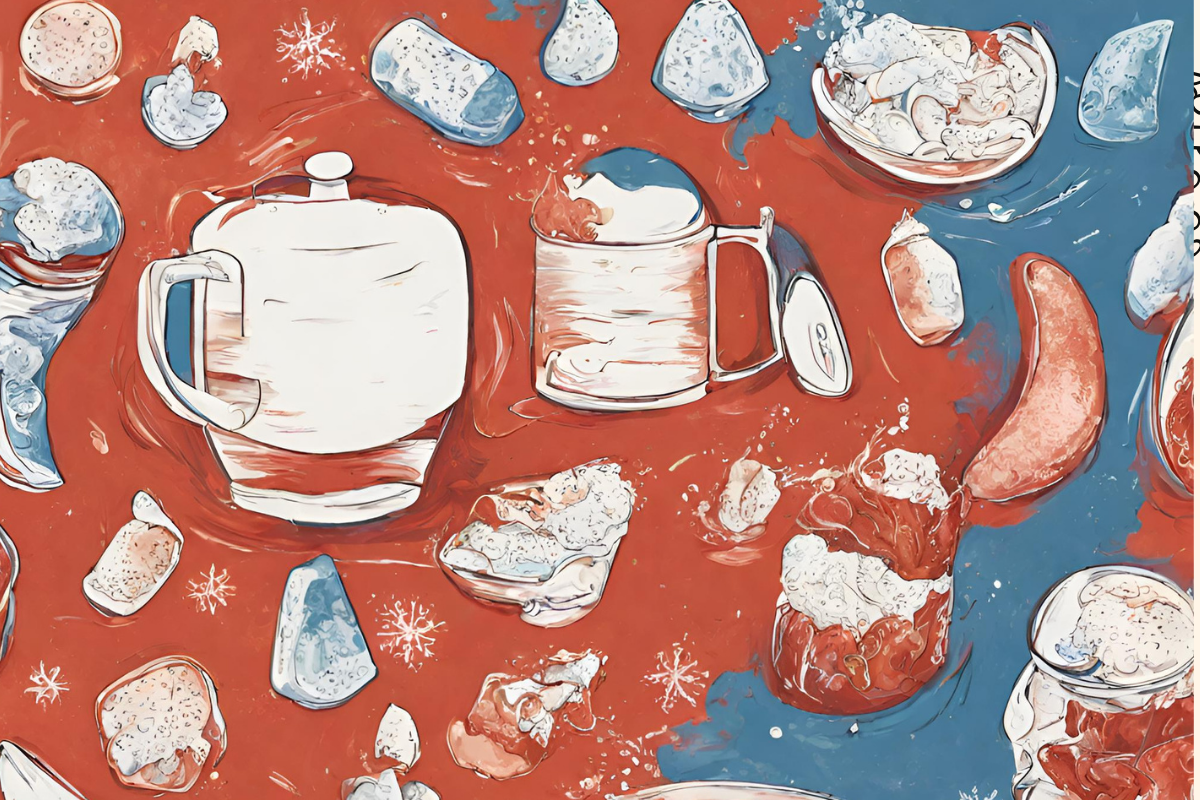Both hot and cold therapies come up regularly as options for helping relieve arthritis pain. As both are well known for playing a part in soothing joint pain it can leave some people quite confused as to which is the best option for any given point. Added to which there are even a lot of solutions marketed to be a combination of the two. The short answer is that generally warming is the better of the when it comes to the two options, hot or cold for arthritis, but cold therapy can in fact be useful for arthritis as well. And it ultimately comes down to the effects each of the two have.
How Does Heat Therapy Work?
Heat therapy works by dilating blood vessels and improving circulation to the area. This soothes the affected joints and muscles. This can result in lower pain and increased mobility. This is one of the tangential benefits of products like capsaicin cream, as it has a warming effect beyond the compounds impact on the pain sensors specifically.
The Most Common Ways To Apply Heat for Arthritis Are:
- Warm Shower: Taking a long, warm shower can help ease joint stiffness, increase range of motion, and reduce discomfort. Aim for a shower temperature between 92–100°F (33.3–37.7°C).
- Damp, Warm Compress: Heat a clean towel in the microwave and dampen it to a comfortable temperature. Apply the warm compress to the affected areas for relief.
- Warm Bath: Soaking in a warm bath for approximately 20 minutes can provide relaxation and relieve pain. Consider adding magnesium sulfate crystals, also known as Epsom salts, to enhance the therapeutic effect.
- Heating Pads or Hot Water Bottles: Use a moist heating pad or a hot water bottle to apply heat to the affected area while resting or sitting down.
- Paraffin Wax: Melt paraffin wax and, after ensuring it is not too hot, dip your hands, feet, or any aching joint into the wax. Allow the wax to cool and harden before peeling it off.Warm Pool: Swimming or exercising in a warm pool 2–3 times per week can increase flexibility and range of motion.
It is important to note that heat therapy should be warm rather than excessively hot.
The Arthritis Foundation generally recommends the following:
- Take a hot shower or bath in the morning or before exercising to reduce stiffness, warm up the body, and prepare the joints.
- Take a warm bath at the end of the day to ease joint discomfort after physical activity.
- Avoid using heat on any injury or during a flare-up.If redness, swelling, or bruising is present, switch to cold therapy until the symptoms subside.
- If you have neuropathy or another condition that affects temperature sensitivity, check your skin every 5 minutes to prevent burns or blisters.
- It’s also worth considering taking a hot shower in the morning or washing hands with moderately hot water regularly as this can have a soothing effect on arthritic joints.
It’s also worth noting that even something as simple as a warm pool can be beneficial, with research showing that individuals with arthritis who participated in warm pool exercise classes 2–3 times per week experienced increased range of motion and up to a 40% reduction in pain.
How Does Cold Therapy Work for Arthritis?
Whilst regular should be the go to for most chronic issues like arthritis, cold therapy can still be useful. It’s going to be more effective if an arthritic joint is causing notable pain or being a particular issue at any given point. Cold therapy works by constricting blood vessels and reducing flow to the effect area, which numbs pain signals. It can reduce swelling and can be particularly useful after physical activity has exacerbated and issue or during an RA flare up, but will not have long term benefits.
The Most Common Methods Of Applying Cold Therapy Are:
- A Bag of Frozen Vegetables: Wrap a bag of frozen peas or a similar item in a thin, damp cloth or towel, then apply it to the affected area. Alternatively, a bag of ice cubes can also serve as a cold pack.
- Frozen Towel: Dampen a sponge or towel, fold it, and place it in the freezer for approximately 15 minutes. Remove it from the freezer, encase it in a plastic bag or thin cloth, and apply it to the affected area.
- Reusable DIY Cold Packs: Fill a spare sock with rice and place it in the freezer, or fill a resealable plastic bag with liquid washing-up detergent. These homemade cold packs can be used whenever needed.
- Ice or Gel Cold Pack: Purchase an ice pack or gel pack suitable for the affected areas. Choose the shape and size that best fits your needs.
- Ice Massage: Freeze water in a paper cup, then remove the top part of the cup, leaving a small section to hold onto. Rub the exposed ice in circular motions over the sore area, avoiding bones close to the skin's surface.
- Instant Ice Packs: Single-use ice packs that can be activated by snapping are useful when other options are unavailable.
Cold therapy is generally a short term mix and targets the muscles close to the skins surface. It’s worth making sure that you follow these guidelines to apply it safely.
- Use cold therapy for approximately 8 minutes at a time.Wrap any frozen or very cold object in a towel or cloth before applying it to the skin.
- Discontinue cold therapy if the skin becomes numb or if pain and discomfort intensify.
- Avoid extended use of cold therapy, as it may damage tissue or lead to frostbite.
- If you have neuropathy or another condition that affects temperature sensitivity, consider using heat therapy instead.
- Use cold therapy during flare-ups to reduce inflammation and swelling.
- Do not apply cold therapy to broken skin.
Can I Mix Cold And Heat Therapy for Arthritis?
Yes, it’s generally recommended that cold therapy is only used for immediate relief, whereas heat therapy can actually have notable therapeutic benefits. If you stick to the safety guidelines above, then you can adjust the frequency to best suit your needs.
What’s The Most Effective Form of Heat and Cold Therapy For Arthritis?
It’s generally recommended to allow a few hours between heat and cold therapy if you’re alternating between them. This allows the body to get the maximum benefits from each.
But this generally seems to be conventional wisdom rather than being very well studied.




